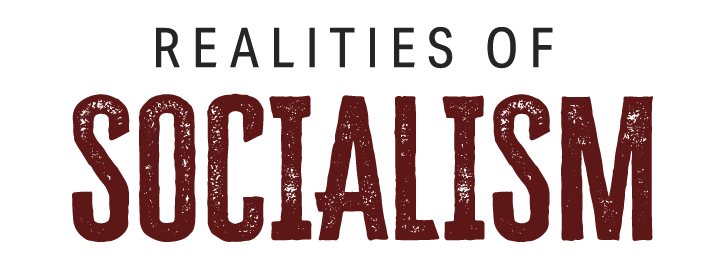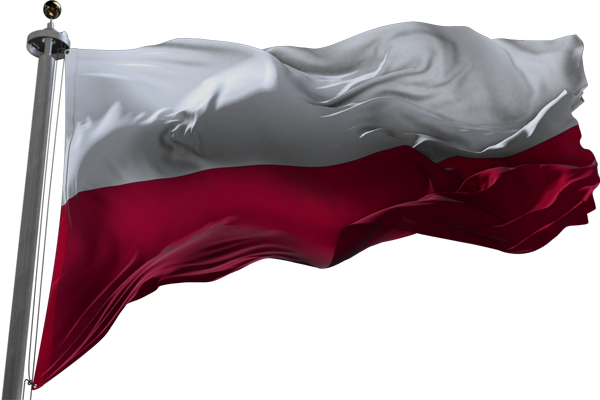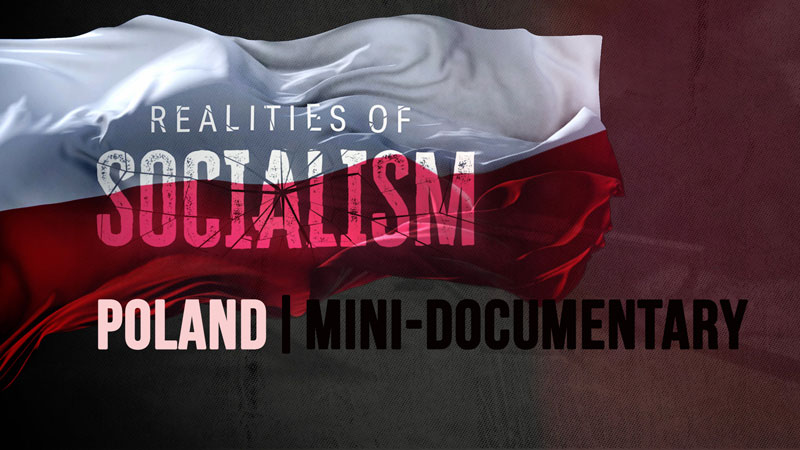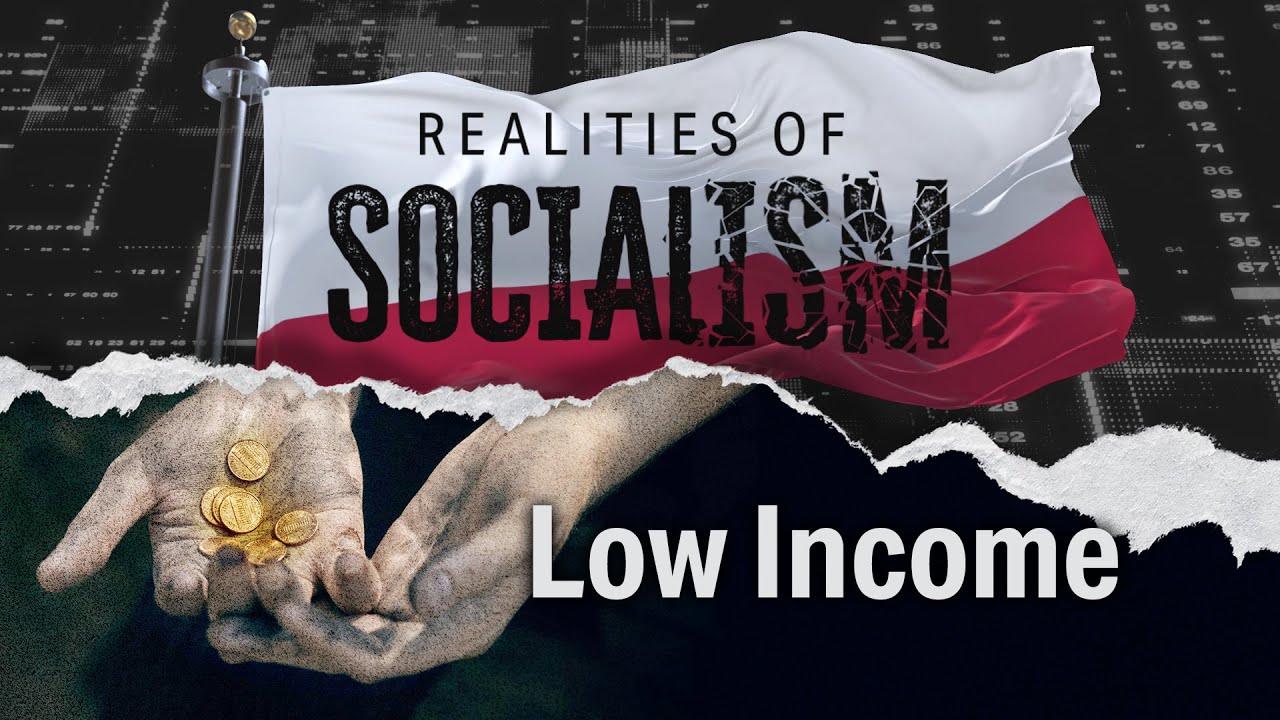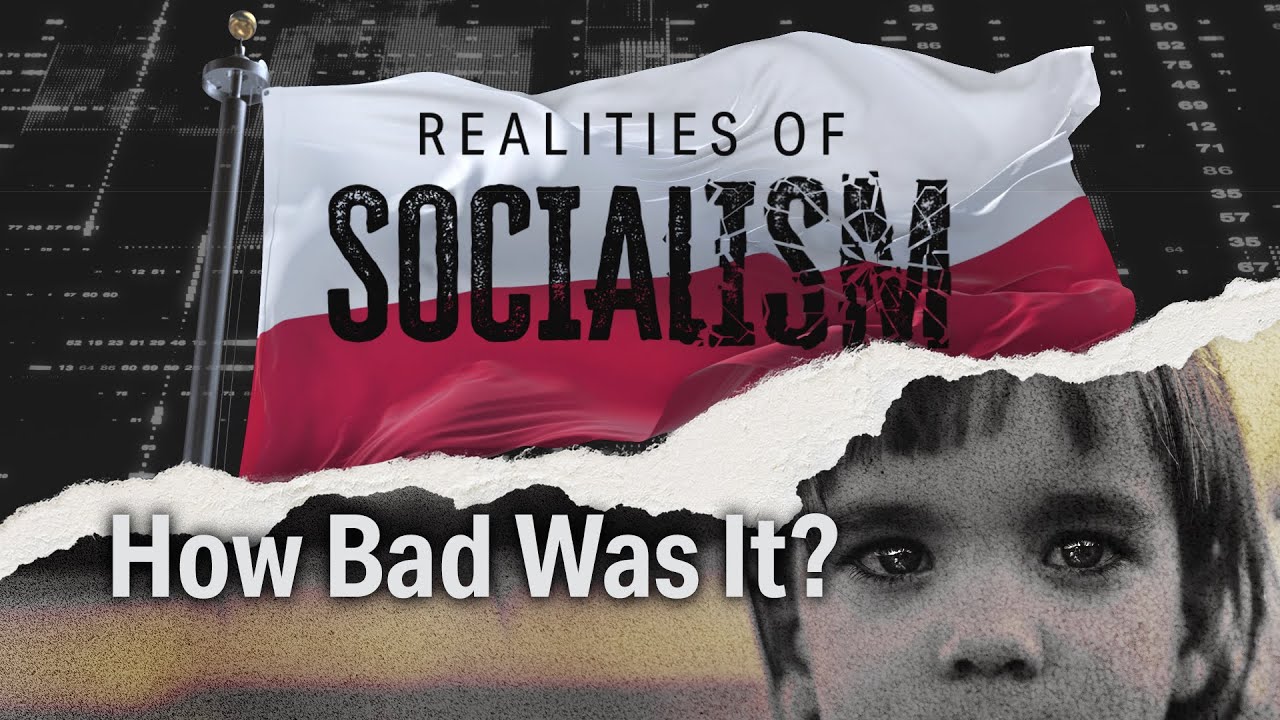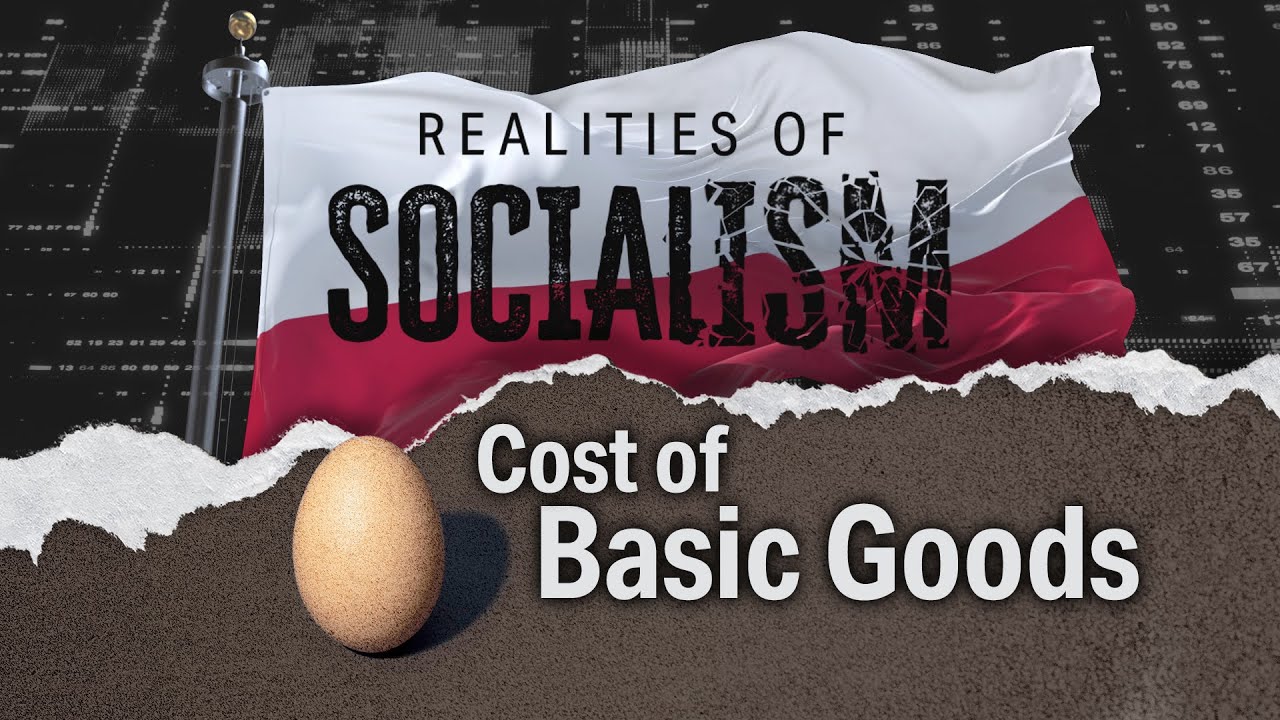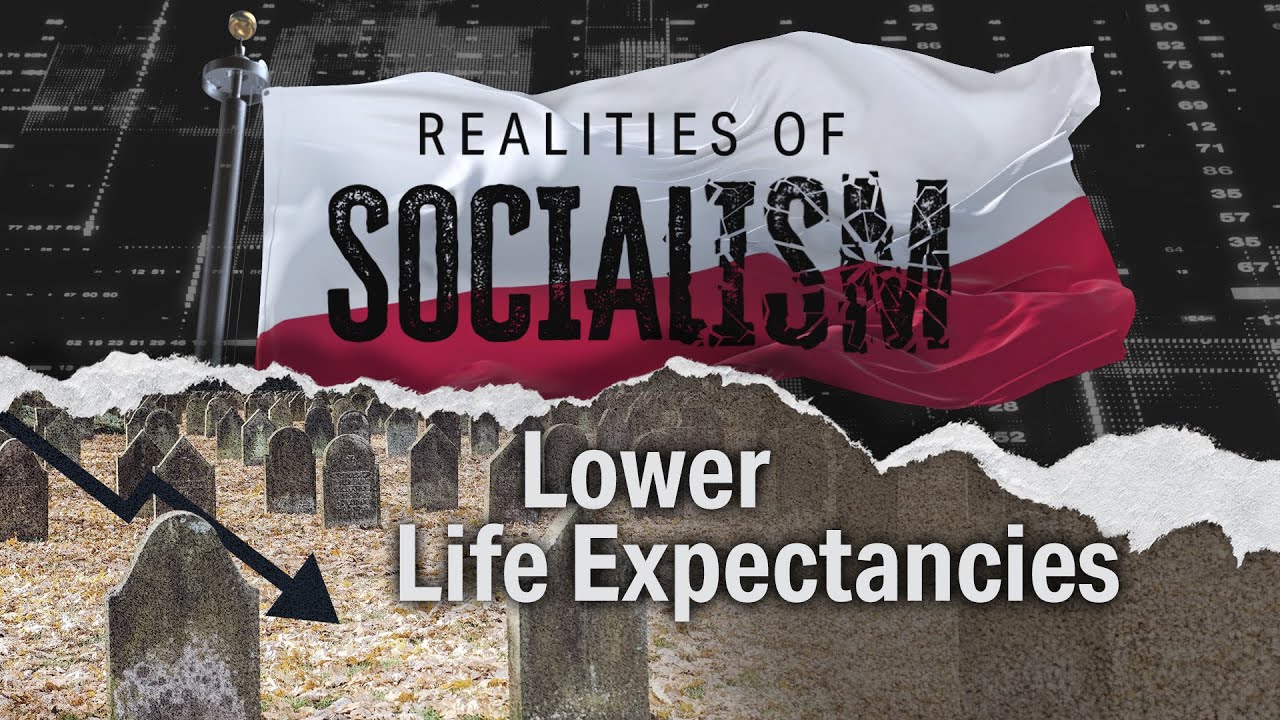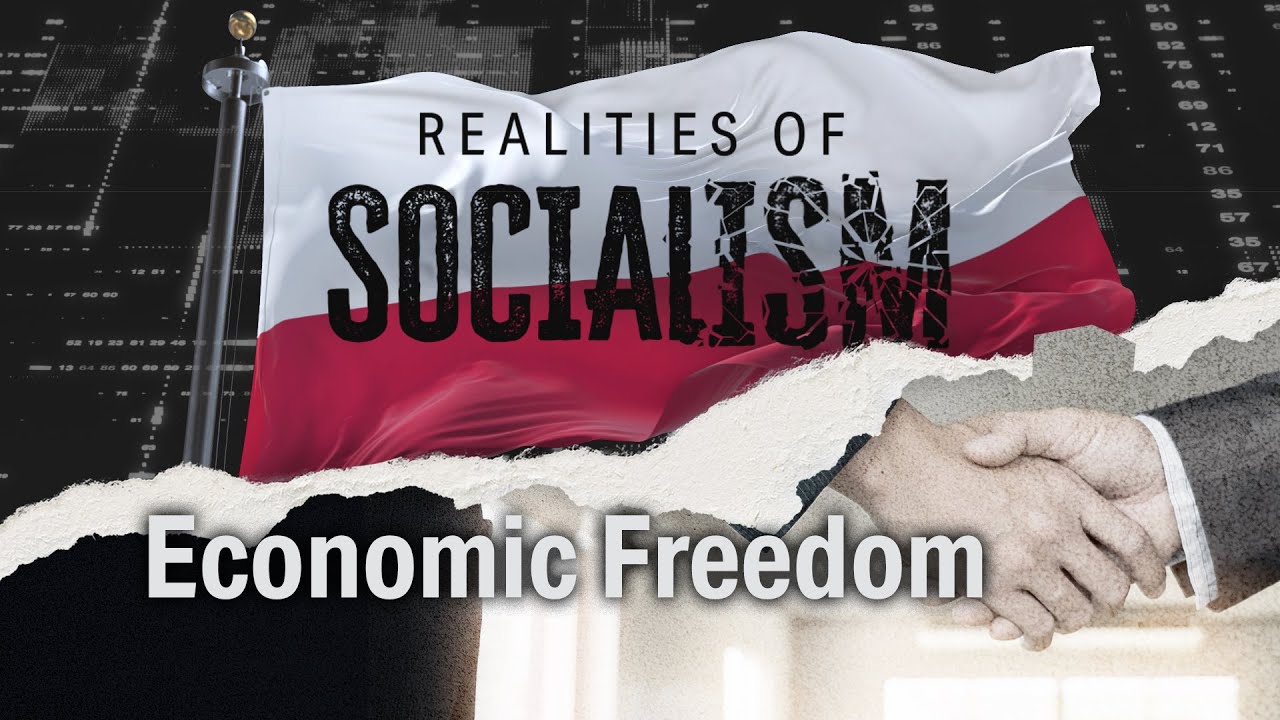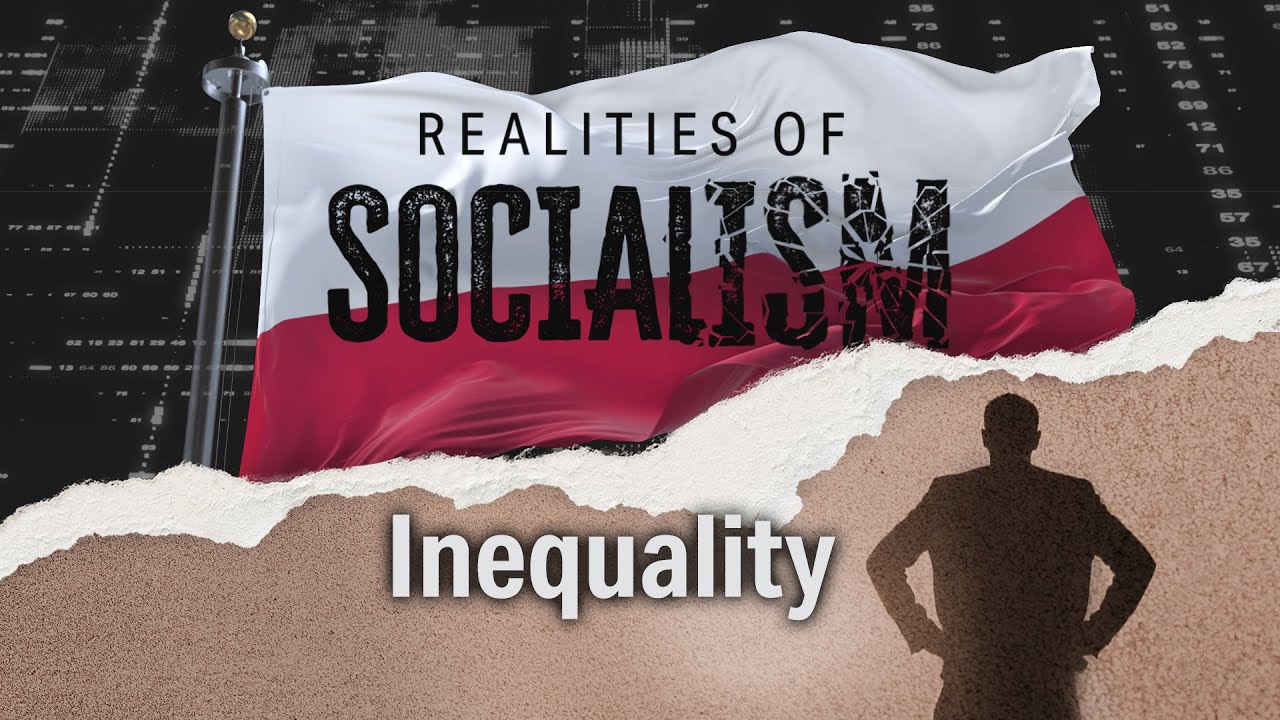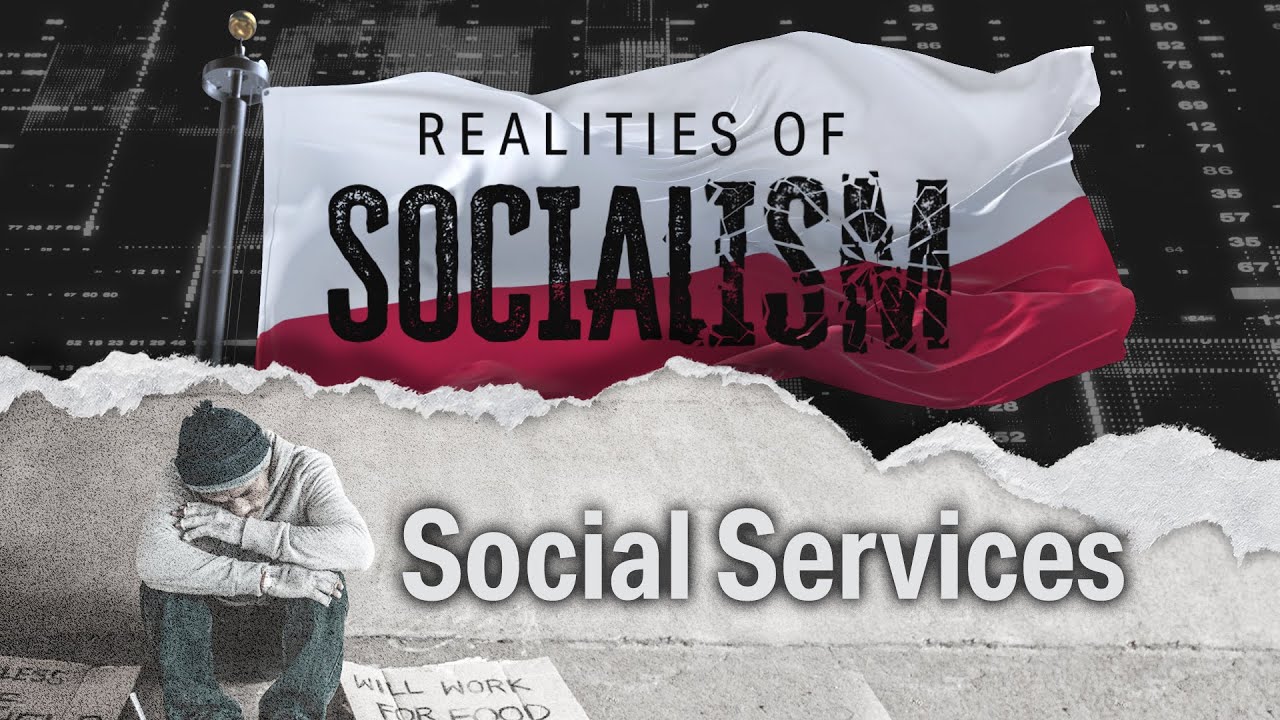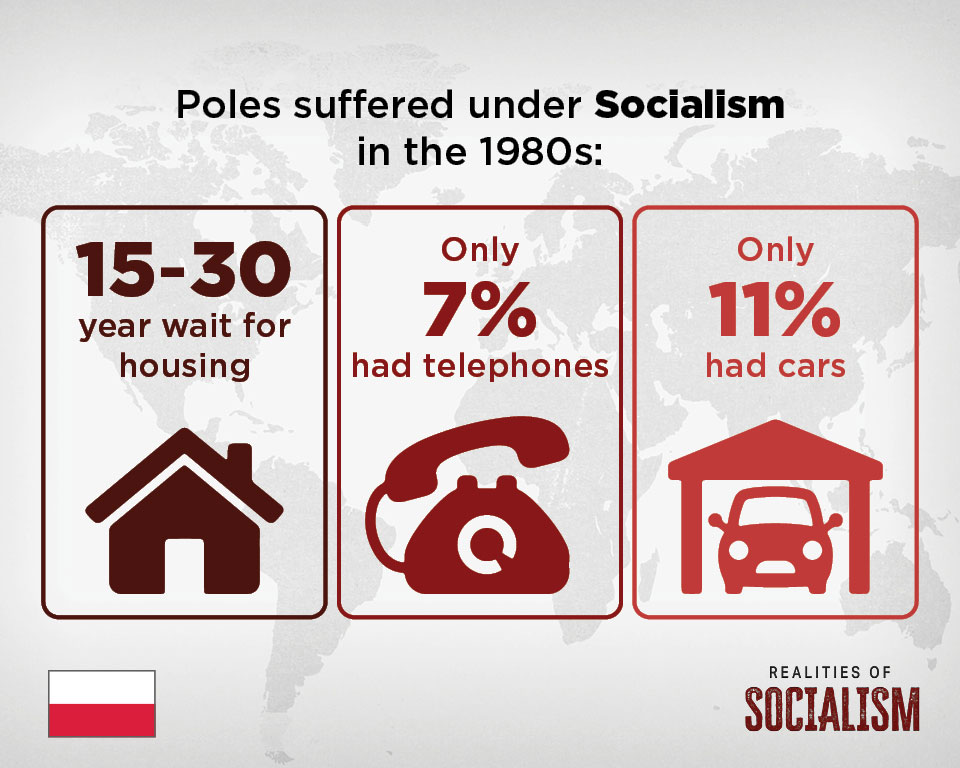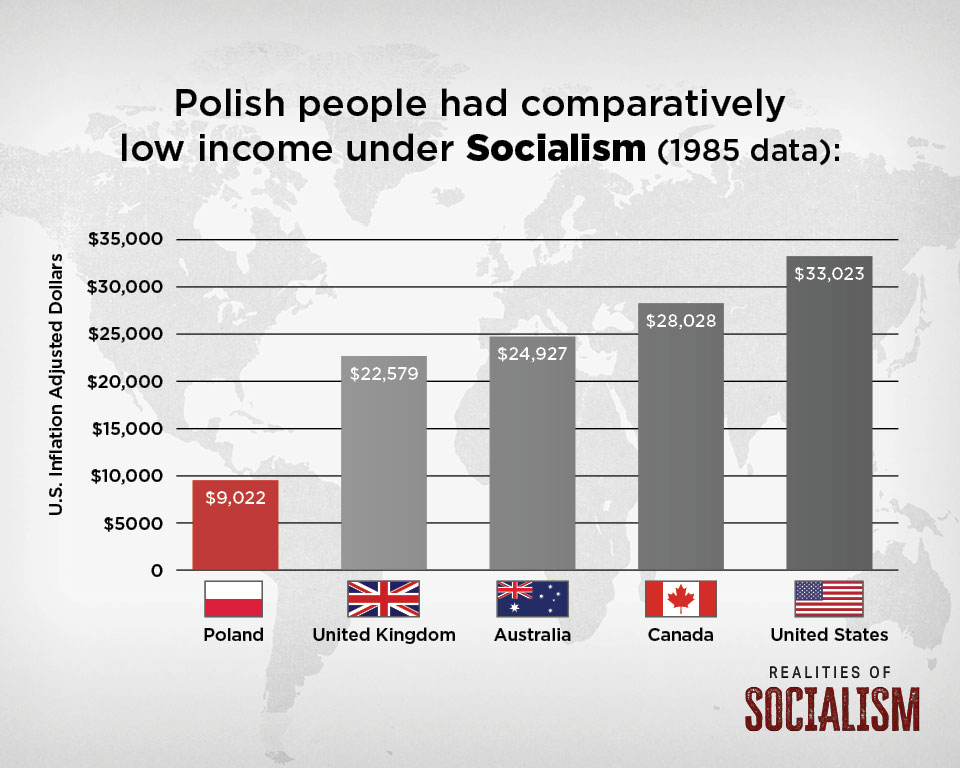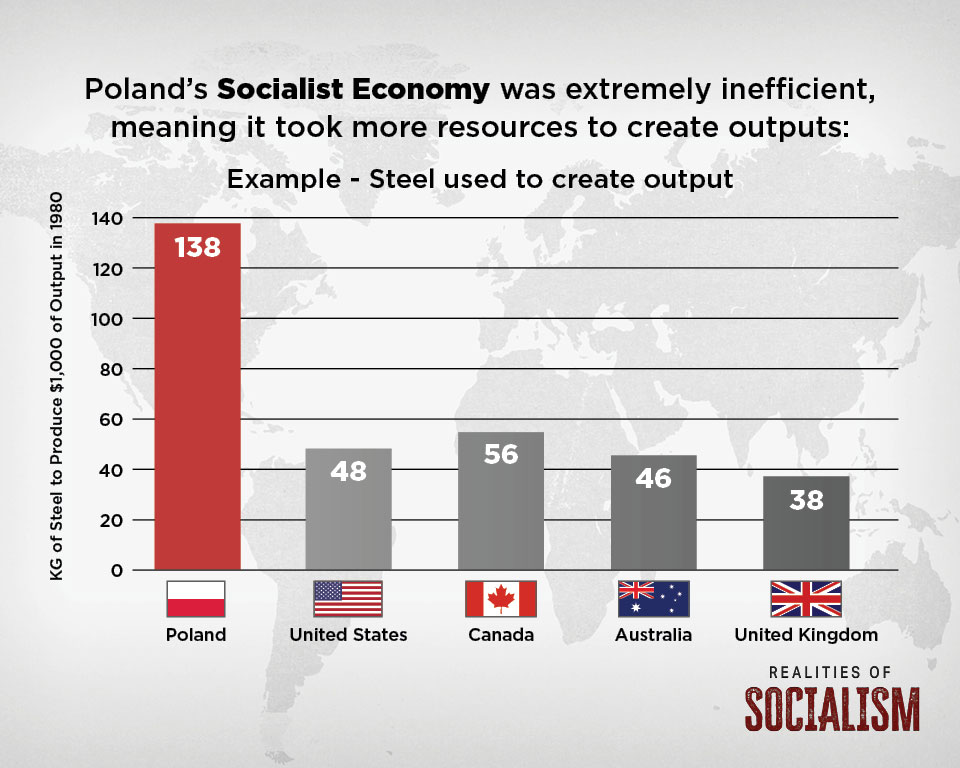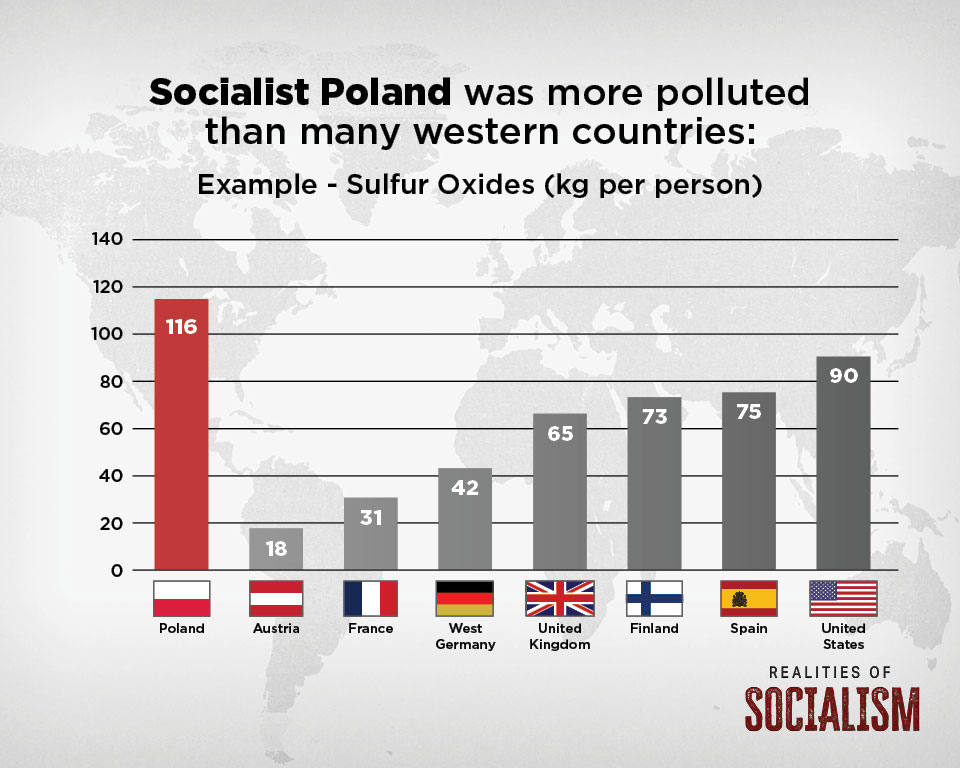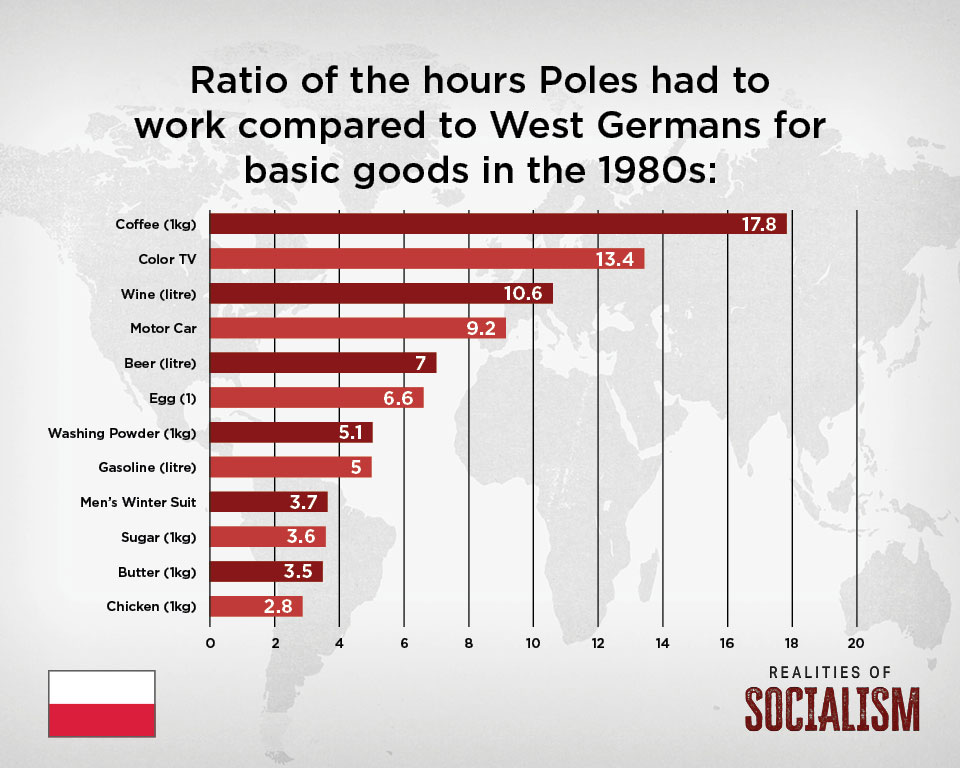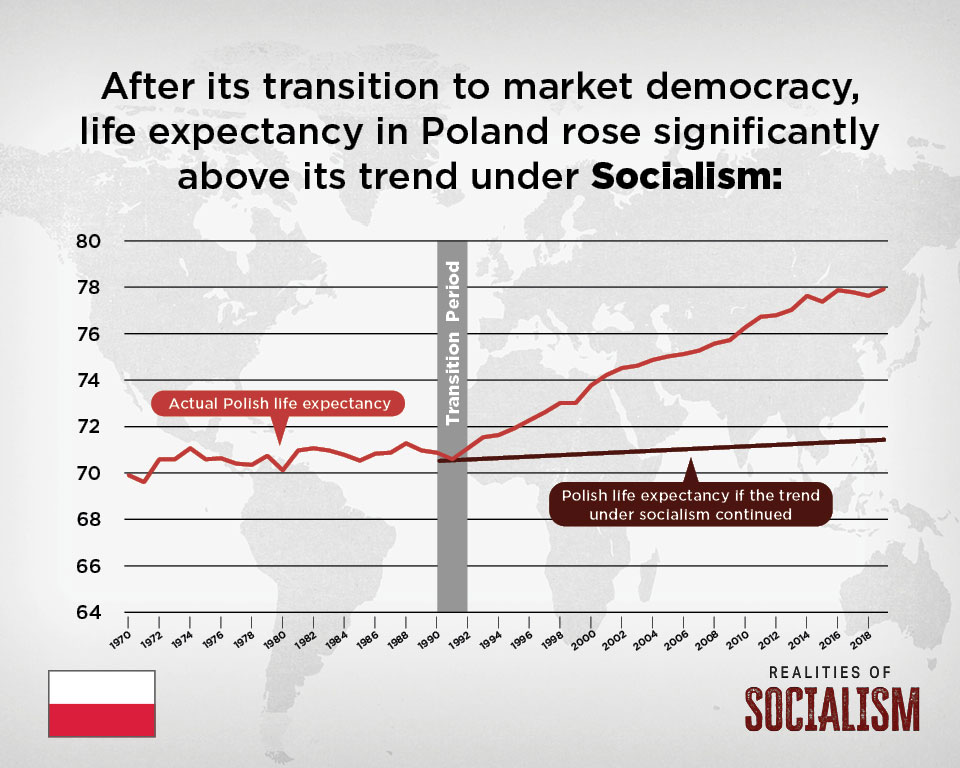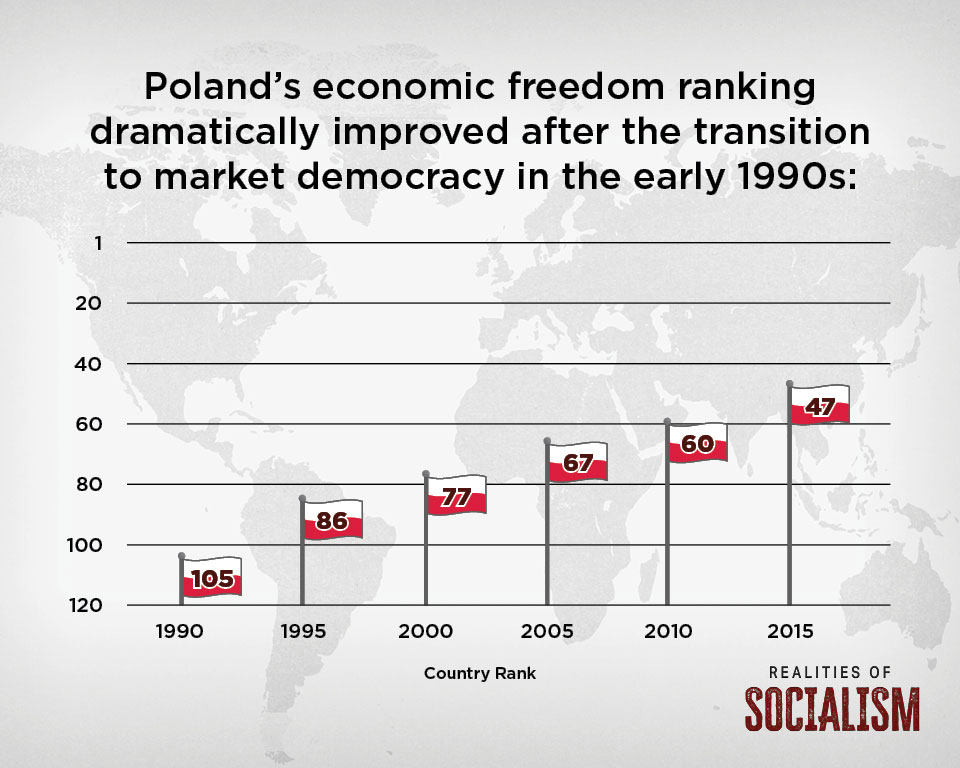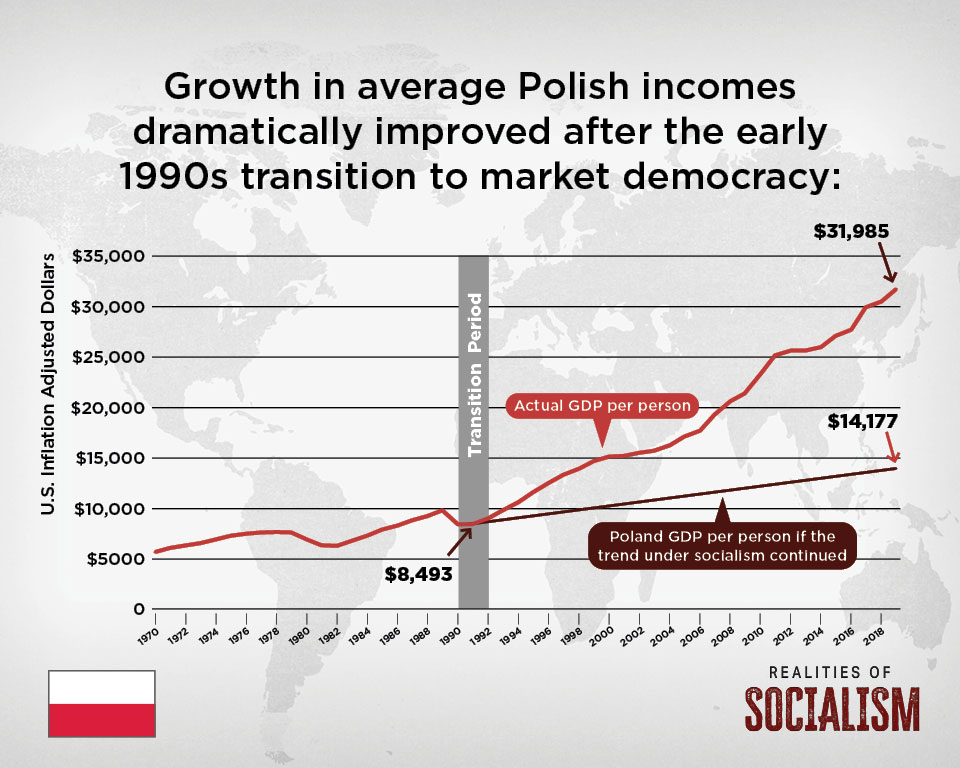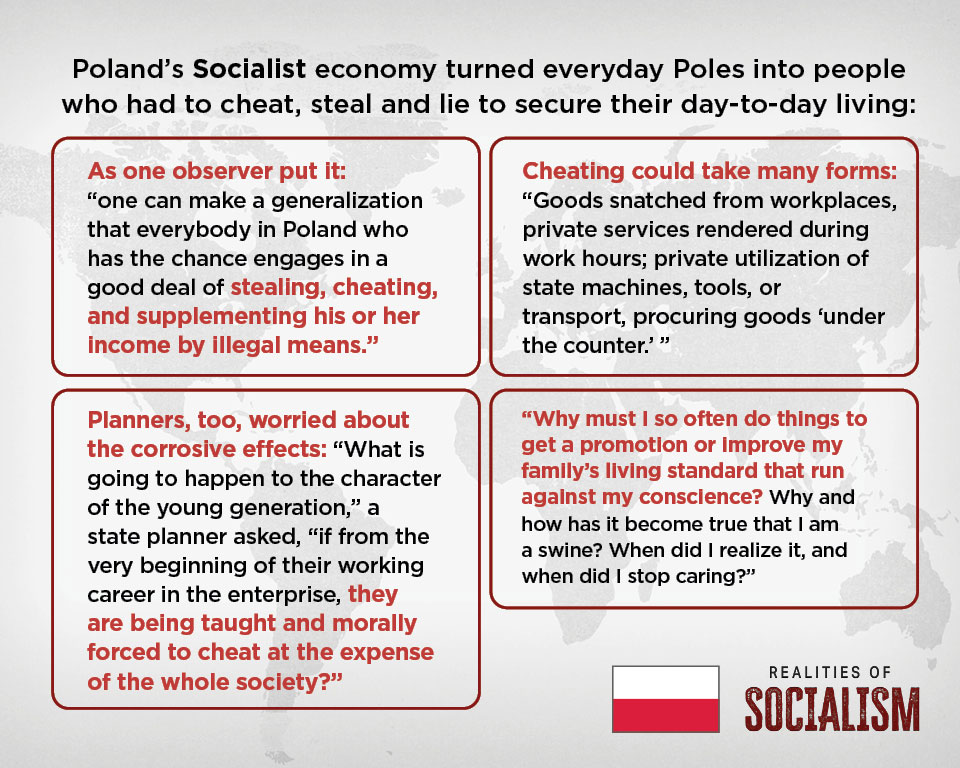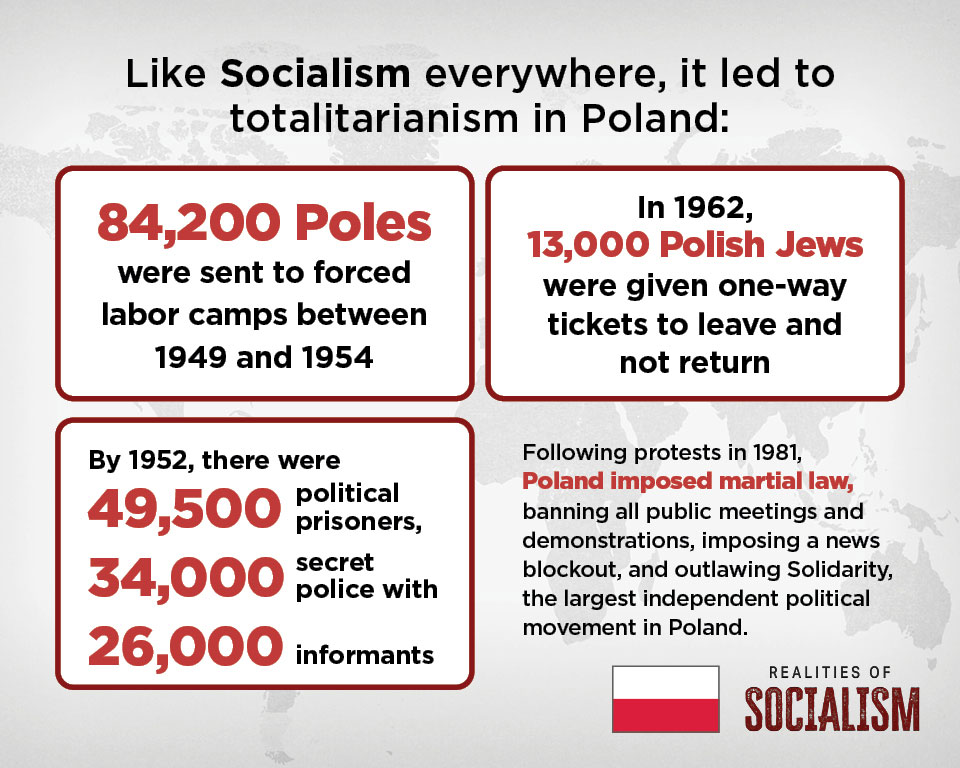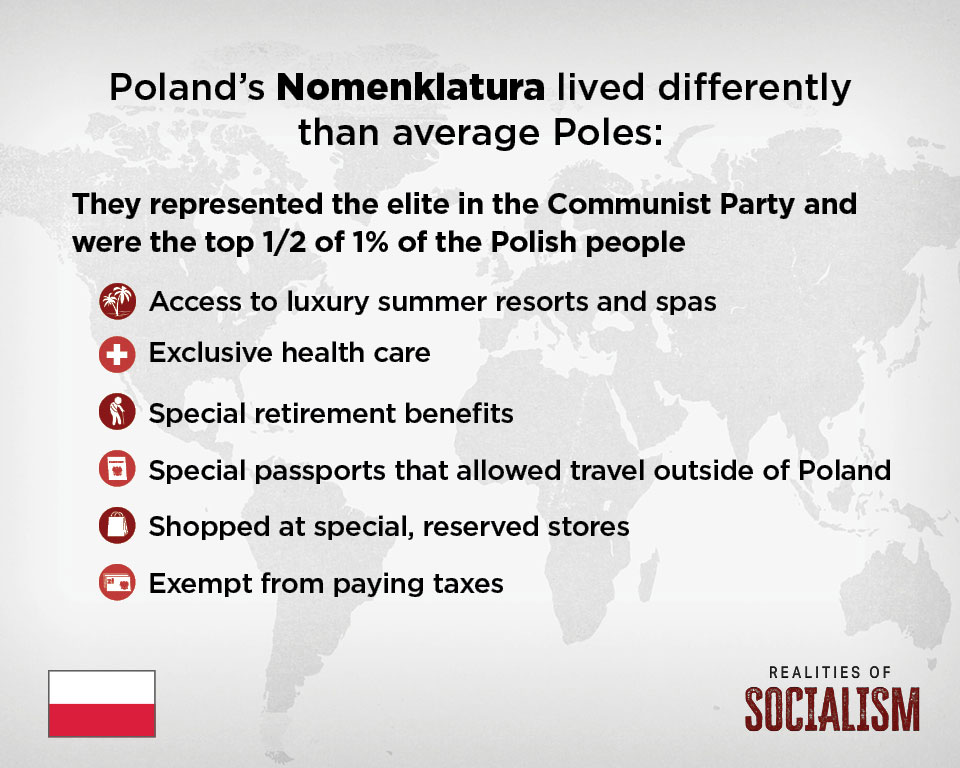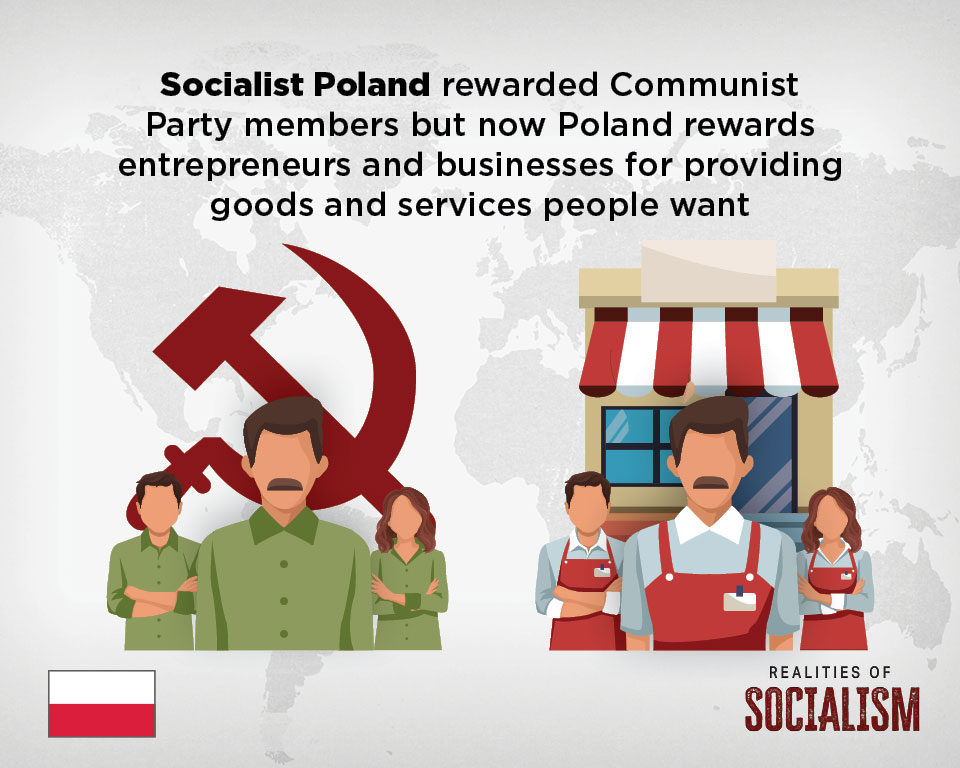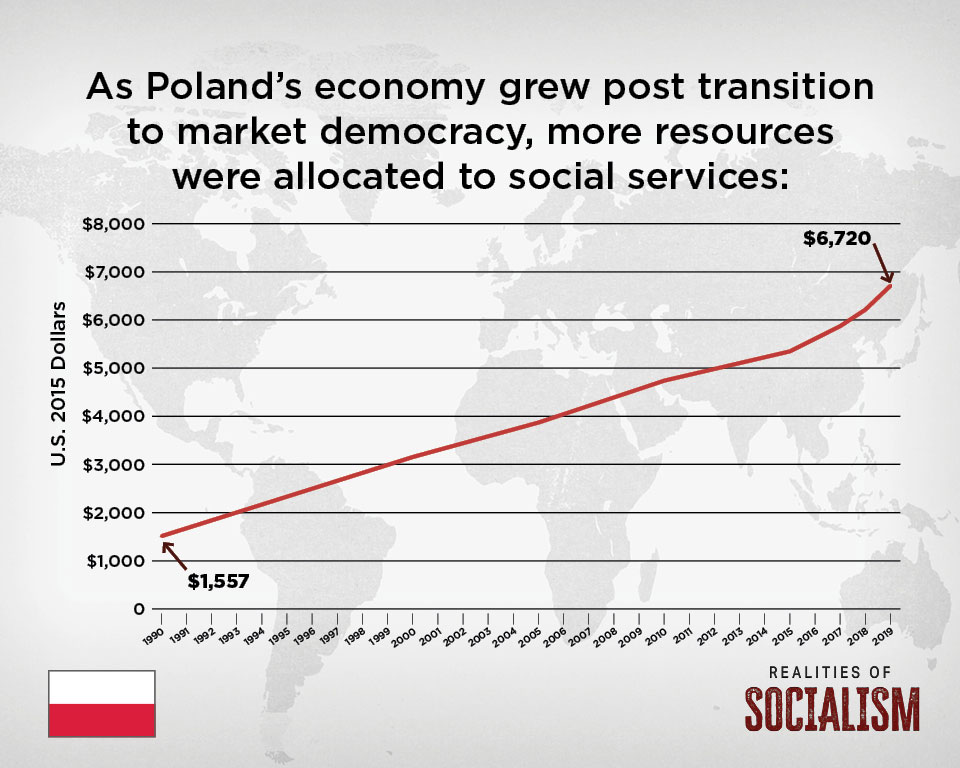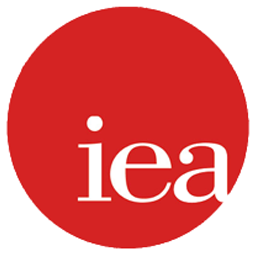The Reality of Socialism: Poland | Mini-Documentary
The Wall St. Journal’s Mary O’Grady, along with authors of a new book on the economic history of Poland, explore the experience of Polish people under socialist rule, and what happened after the collapse of the Soviet Union. This video is part of a new multimedia project, The Realities of Socialism, by the Fraser Institute in Canada, the Institute of Economic Affairs in the UK, the Institute of Public Affairs in Australia and the Fund for American Studies in the U.S.
More VideosPodcast
The Realities of Socialism: Polish Life Under Socialism
Matthew D. Mitchell, Senior Fellow in the Centre for Economic Freedom at the Fraser Institute and co-author of The Road to Socialism and Back, joins host Rosemarie Fike to discuss what life in Poland under socialism looked like for the average person, including forced labour, austere living conditions, restrictions on rights and resources--and how in a socialist society, almost no one has the means let alone the incentive to create value for others.
Realities of Socialism: Polish Life AFTER Socialism
Matthew D. Mitchell, Senior Fellow in the Centre for Economic Freedom at the Fraser Institute and co-author of The Road to Socialism and Back, joins host Rosemarie Fike to discuss what life in Poland after socialism was like as the country shifted to a more market-oriented economic system—and the major implications this has had on culture, lifestyle, access to rights and resources, and how through this path Poland may potentially supersede Britain as the wealthiest country in the world by 2023.
Videos
Infographics
- All
- Charts
- Graphics
- Text
Explore the book
The Road to Socialism and Back: An Economic History of Poland, 1939-2019 documents the results of this experiment. We show that there was a wide chasm between the lofty goals of socialist ideology and the realities of socialism as experienced by the Polish people. We also show that while the transition back from a socialist to a mixed economy was not without its own pain, it did unleash the extraordinary productive power of the Polish people, allowing their standard of living to rise at more than twice the rate of growth that prevailed during the socialist era.
- Chapter 1 The Political Economy of Socialism
This chapter focuses on the three great challenges of socialist planning—the control problem, the knowledge problem, and the incentive problem. - Chapter 2 Socialism in Poland
This chapter documents how the communist government took control and attempted to centrally plan the Polish economy. - Chapter 3 Poland’s Transition from Socialism to the Market System
This chapter discussed the transition from socialism to a mixed economy, including the so-called Washington Consensus and shock-therapy as well as the main components of Leszek Balcerowicz’s transition plan. - Chapter 4 Assessing the Transition
This chapter assesses the transition, both the good—hyperinflation was tamed, shortages disappeared, growth resumed, and living standards rose—and the bad—unemployment soared and remained high for decades. - Chapter 5 The New Polish Economy
This chapter reviews the ways in which the transition has reoriented the new, mixed Polish economy, including changes in industry, agriculture, and technology. - Chapter 6 Contemporary Economic and Regulatory Policy in Poland
This chapter looks into current economic conditions and explores the extent to which Poland has continued to advance market reforms, to deregulate the economy, and to move away from the command-and-control institutions of the socialist period. - Chapter 7 Publicly Provided Resources Before and After the Transition
This chapter discusses three services that are typically provided in both socialist and mixed regimes—social safety nets, health care, and education—contrasting their provision under the socialist and mixed-economy regimes.
